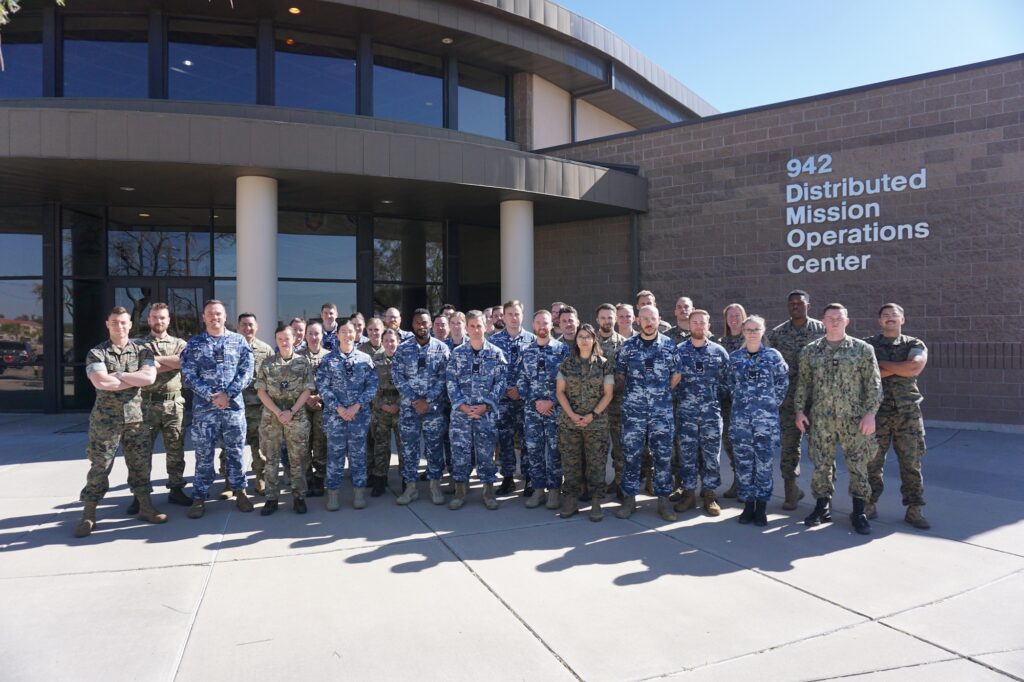Military simulation exercises have become an essential component of training for military personnel worldwide. These exercises replicate real-life combat scenarios in a safe and controlled environment, allowing soldiers to refine their skills and decision-making abilities. By exposing soldiers to realistic scenarios, promoting teamwork and collaboration, enhancing decision-making skills, providing immediate feedback, and offering cost-effective training options, military simulation exercises improve training efficiency significantly. As technology advances, these exercises will continue to evolve, preparing soldiers more effectively for the challenges they may face on the battlefield. Overall, military simulation exercises are essential for preparing the next generation of soldiers for combat situations.
Introduction
Military simulation exercises have become an integral part of training for military personnel around the world. These exercises are designed to simulate real-life combat situations in a controlled environment, allowing soldiers to hone their skills and improve their decision-making abilities. In this article, we will explore how these simulation exercises enhance training efficiency.
Realistic Scenarios
One of the key benefits of military simulation exercises is that they provide soldiers with the opportunity to experience realistic combat scenarios without the associated risks. These exercises often involve using advanced technology to create immersive environments that closely mimic the conditions soldiers may encounter on the battlefield. By training in these simulated environments, soldiers are better prepared to respond effectively to actual combat situations.
Teamwork and Collaboration
Military simulation exercises also promote teamwork and collaboration among soldiers. During these exercises, soldiers must work together to achieve a common goal, whether it’s completing a mission or neutralizing a threat. By practicing communication and coordination in a simulated environment, soldiers are better equipped to work as a cohesive unit in the field.
Decision-Making Skills
Another important aspect of military simulation exercises is that they help soldiers develop their decision-making skills. In these exercises, soldiers are faced with a variety of challenging scenarios that require quick thinking and tactical planning. By practicing making decisions under pressure in a simulated environment, soldiers can improve their ability to react effectively in real-life situations.
Feedback and Evaluation
One of the key advantages of military simulation exercises is the immediate feedback and evaluation that soldiers receive. After completing an exercise, soldiers can review their performance and receive feedback from instructors on areas for improvement. This allows soldiers to learn from their mistakes and make adjustments to their tactics and strategies before facing real-world challenges.
Cost-Effective Training
Military simulation exercises are also a cost-effective way to train soldiers. Instead of conducting large-scale field exercises that require extensive resources, military organizations can use simulation technologies to train soldiers in a controlled environment. This not only reduces the cost of training but also minimizes the risk of injury and damage to equipment.
Conclusion
In conclusion, military simulation exercises play a crucial role in enhancing training efficiency for military personnel. By providing realistic scenarios, promoting teamwork and collaboration, developing decision-making skills, offering immediate feedback and evaluation, and offering cost-effective training options, these exercises help soldiers prepare for the challenges they may face on the battlefield. As technology continues to advance, military simulation exercises will only become more sophisticated and effective in training the next generation of soldiers.
